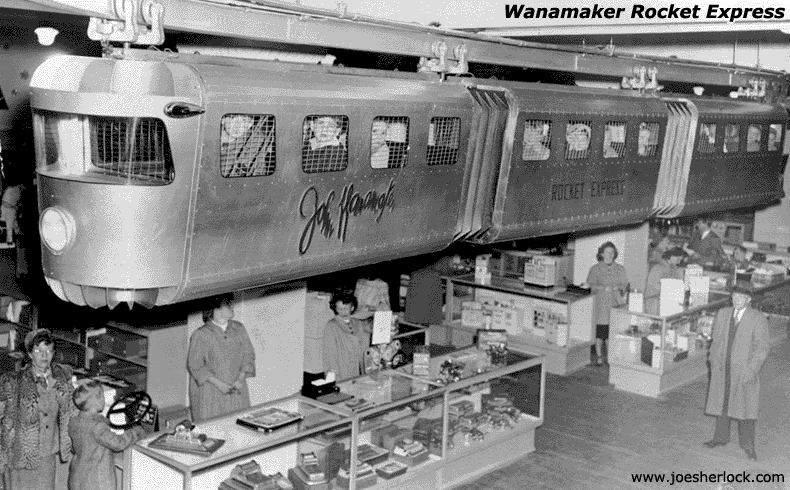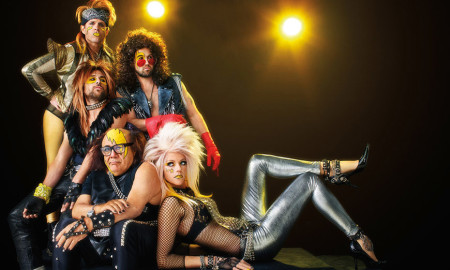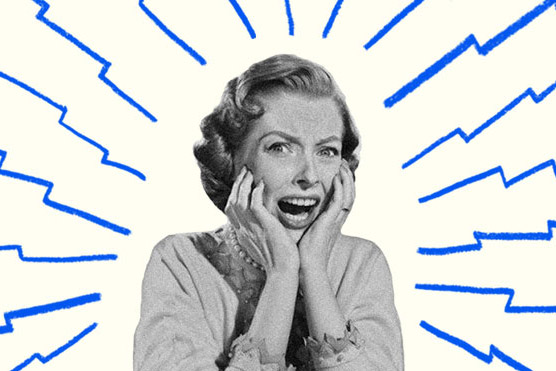

Once one of the most powerful symbols of the American Dream and consumer progress, the traditional American department store is now a mere shadow of its former self. Due to the decline of shopping malls, the rise of e-commerce and big-box discounters, and the desire for cheap and fast merch, department stores’ freefall is both alarming and sad. The shopping experience of millions of Americans, and a physical place to wander, daydream, sample and browse, are now becoming the stuff of cultural lore.
Here, Hartwick College associate history professor Vicki Howard discusses her book From Main Street To Mall: The Rise and Fall of the American Department Store, and how this institution intensely changed the culture, then began a slow, painful fade.
Hard to believe that the department store is quickly becoming nostalgic, and no longer a part of contemporary life.
It’s a very generational experience. When I teach the subject to my students, they have no reference point. I think you have to be about 50 or older to have memories of the traditional stores I am writing about.
My interest in the subject came from those traditional downtown stores that are regional or local in nature. Younger people have no memory of this, and older people have nostalgia for it. But also, some young people have discovered it and there has been some movement back to downtown and appreciation of old brands and older forms of doing business. You also see websites devoted to the architecture of malls and department stores. I’m interested in the nostalgia for it and the changes that have taken place.
That said, is the American Dream still alive in the department store?
Absolutely not. What you have now is Walmart World: Low prices and a wide range of goods, not necessarily high quality. WalMart is the icon of our era.
The need for quality. Is that gone?
H&M and Walmart are places where we buy things that are of the moment. We don’t expect them to last. They look good for a while and then the fashions change. The low prices attached to lower quality are associated with a sort of expendability. Decades ago, you would buy something that would last or you would have it repaired. We’ve lost our shoe-repair person. Today, you throw shoes away if something is wrong with them. And a shoe-repair person is not going to want to fix something from a Payless shoe store. We no longer purchase goods to keep and repair them. We buy them to use up.
One of the greatest tragedies of the decline of the department store is Sears’ downward spiral. Doesn’t seem like there will be a happy ending for Sears.
I’m also nostalgic for Sears. I think it’s a place where men like to shop. It’s a place to get your barbques and your lawnmowers and your tools, and to get your car fixed. It was like a male supermarket. Sears has faced competition from discount retailers like Kmart and Walmart as well as big-box stores hardware stores like Lowe’s. Sears just does not have a place. What’s lost is not just a store that appealed to generations of men, but also a low-priced store with high-quality goods that had a mass appeal.
What’s the difference between the today’s big-box stores and today’s remaining traditional department stores?
The difference, say, between Walmart and the locally identified, family-run department stores: The traditional department stores were closely connected to the power elite of their community; donating to local universities and colleges; buildings were erected in their names, and they were associated with local charities.
The Walton family [Walmart founders] is associated with being non-philanthropic in relation to their wealth. They are known for coming into communities and breaking them down rather than building them up, unlike what traditional department stores did in the past.
There was a lot of upheaval in the department-store industry. A lot of mergers and acquisitions. You might have a store that is locally identified and associated with its community, but it was part of a national holding company. By 1929, chain department stores were already 17% of their market. Even by the late 1920s, when you think about the heyday of the downtown department store, chains were still quite prominent. By 1982, almost 98% of department stores were chains. Those stores were very big businesses.
The beginning of the end, it seems, was the dramatic ascent of the discount department store, like Korvettes, Kmart, Walmart and Jamesway.
That discount-department-store movement started after World War II. They were upstarts. You would have an entrepreneur who would open up an outlet in an old factory or in a walkup building. Eventually, they expanded and became chains in their own right. That market exploded by the early ’60s. A very powerful industry.
You think about the major discounters of our era — Target, Kmart and Walmart — they were all born in 1962. All three of them. They were all really much maligned at the time. Traditional retailers sought to keep them out of the shopping centers and warned consumers about the low quality. There was a real movement to crush them. That movement, of course, failed. There was even legislation geared against them, but they broke the laws and managed to flourish.
This change in the marketplace is making us remember how department stores were innovators, and how they changed the American landscape and lifestyle.
The department stores were the engines of consumer society in the late nineteenth century. Browsing and dreaming and looking are things that department stores pioneered, along with big plate-glass windows and changing displays.
They gave spectacle inside the store as well. Their policy where you were encouraged to come in and just browse was an element of the department store that was quite new. Prior to the department store, that was prohibited. [Before department stores] an owner would guide you to your purchases; if you were browsing, you were seen as not serious.
Department stores realized that their downlown locations would be a place for middle-class white women to come into the city and feel safe. They encouraged women in particular to come in and sit down and rest. They would put stools in front of the counters. They had tea rooms and lunch rooms and fashion shows and classes. All of these non-selling functions were intended to encourage shoppers to come in. They were pioneers in that regard.
In a man’s world, the department store was very much a woman’s world.
Stores attracted women and also hired women. Legislation was [enacted] for minimum wage and limited hours. There were government studies that argued that these women did not make enough money and that they would have to turn to prostitution. That was immoral, and that’s why [experts felt] the minimum wage had to be raised. A lot of department stores actually complied with that. They got on board because they realized that women were their main market.
Department stores were also innovators in lending credit to customers, when it was almost unheard of.
In the beginning, department stores were cash only, but many of the stores operated on open-book credit. You would buy something and they would record what you owed in a ledger. You would settle it up when you could and you would carry the balance. That was a traditional way of operating, but you could only do that on a small scale, when you trusted and knew your customers. You couldn’t do open book in a large department store. Wealthier customers opened up charge accounts, which were settled up every month. Those were only for wealthy people. A value judgement was made by a credit officer. You would get a little metal plate and you would show that for purchasing things. It was not like the credit card of today. It was more of a charge card. Now everyone uses them.
Department stores used to be considered “anchors” in malls and shopping centers, but that business model is changing, and affecting the very nature of the mall.
A lot of shopping centers across the country are failing or have failed. People are feeling nostalgia for these older malls now. Malls have a place in our memories and in our childhood. We now have online shopping, of course, and we also have these “category killers,” or big-box stores that are clustered in power centers. There is not a community space like the malls traditionally had, where people sit by the fountains and watch people go by. The traditional malls had community centers and functions that are completely lost to these new power centers. Drive-through restaurants are also attached to these power centers, where, for instance, you drive through and get your coffee.
No chance of a department store resurgence or renaissance, especially with Millennials preferring urban enviornments and online shopping?
I’m not sure that department stores will be able to move back into their previous habitat. I’m not sure if the market will be there for them. I don’t know.
I’ve heard about that Millennial movement and I’m not sure if it’s just an elite movement, upper-middle-class kids. It’s not that widespread of a movement to change anything. Young people who are stuggling, I’m not sure that they would be included in that.
There is an elitist component to that “back to the city” movement. It’s very expensive in some of those gentrified cities that are pulling people back in, like San Francisco, for example. I’m not sure if that’s big enough of a movement to really change much.








